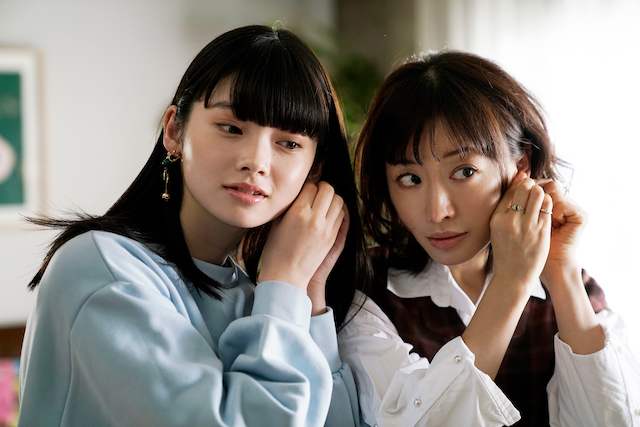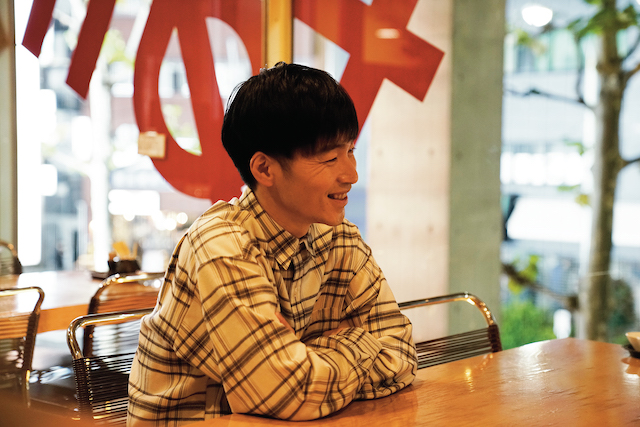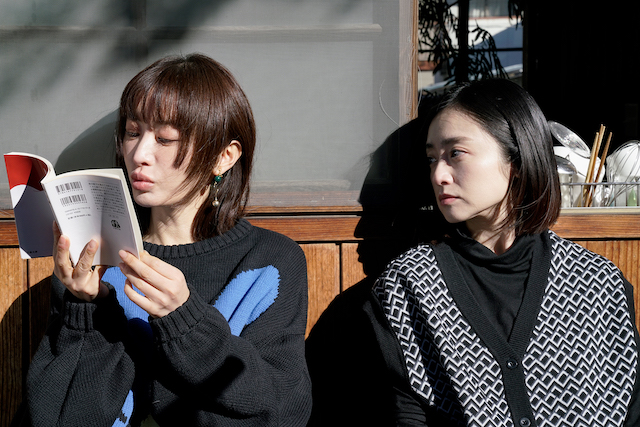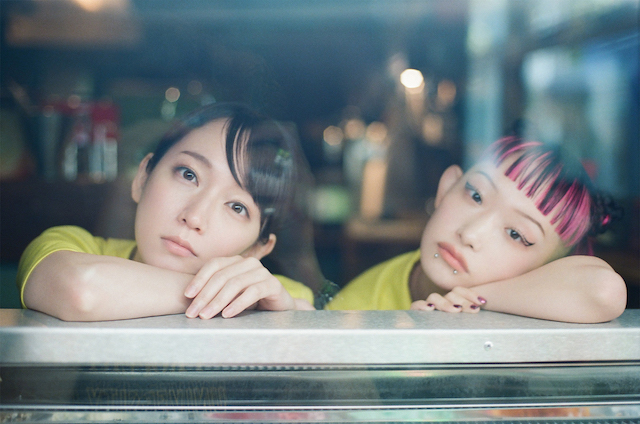
©Courtesy of Japan Cuts
The title of the most “kawaii” film from this year’s Japan Cuts undoubtedly goes to director Tetsuya Chihara‘s debut feature, Ice Cream Fever. This innovative film intricately depicts the intersecting longings, affections, and obsessions of four women living in Tokyo. The project showcases Chihara’s keen artistic vision of finding beauty in everyday life.
Cinema Daily U.S. had the opportunity to speak with Chihara during his brief stay in New York for the film’s North American premiere at Japan Cuts.
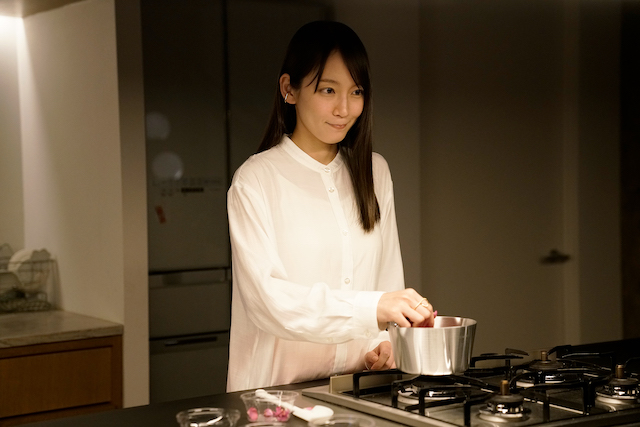
©Courtesy of Japan Cuts
Q: You originally worked as an art director. What inspired you to pursue filmmaking?
Tetsuya Chihara : I’ve liked movies since I was in junior high school and wanted to work in the film industry. I discovered a graphic designer named Saul Bass, who created opening sequences for Scorsese’s films. When I was in junior high, I was captivated by the opening sequences of movies like Cape Fear, Goodfellas, and Casino. As I delved into it, I found out that Saul Bass was behind those works. I also learned that he worked on early projects like West Side Story and Psycho, which gradually shifted my desire from wanting to make movies to wanting to be involved in graphic design within films. As I worked on movie posters and other related projects, my interest in filmmaking grew.
Q: Did you realize that film was a more suitable medium for expressing what you wanted to convey?
Tetsuya Chihara : Yes, exactly. Working in graphic design always felt like a supporting role. Creating a movie poster, for example, only happens because there’s a movie behind it. Designing a CD jacket depends on the existence of the artist, and advertising relies on having a product to sell. I felt like I wasn’t actually creating the work itself. Once I reached a point where I could do what I wanted in graphic design, I thought about what to do next. That’s when I remembered my childhood dream of making films, around 2019.


